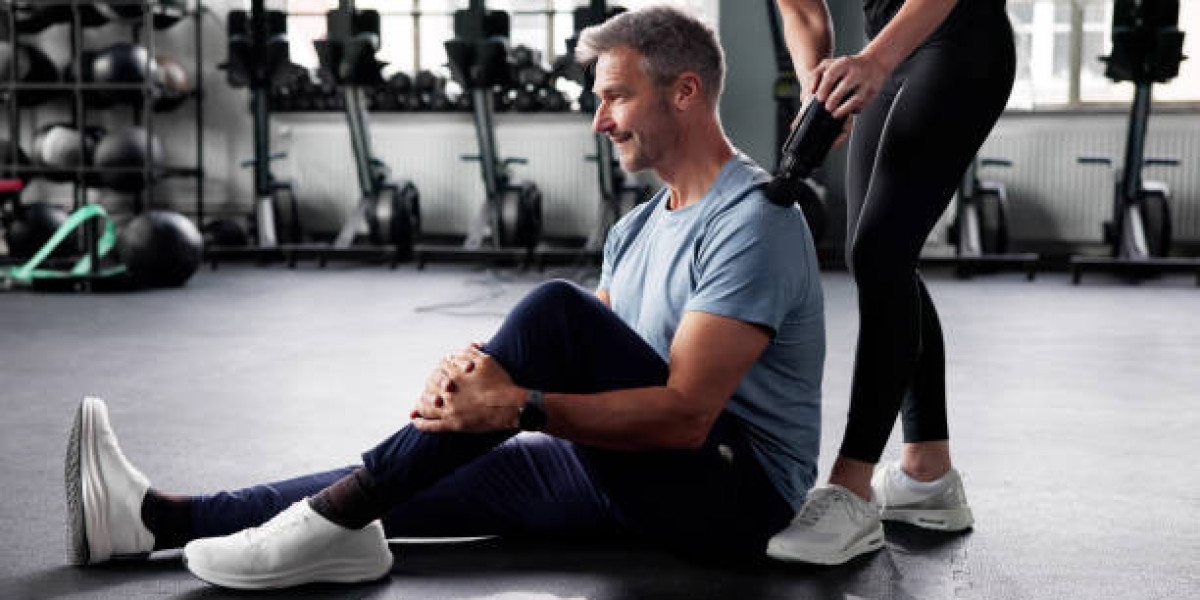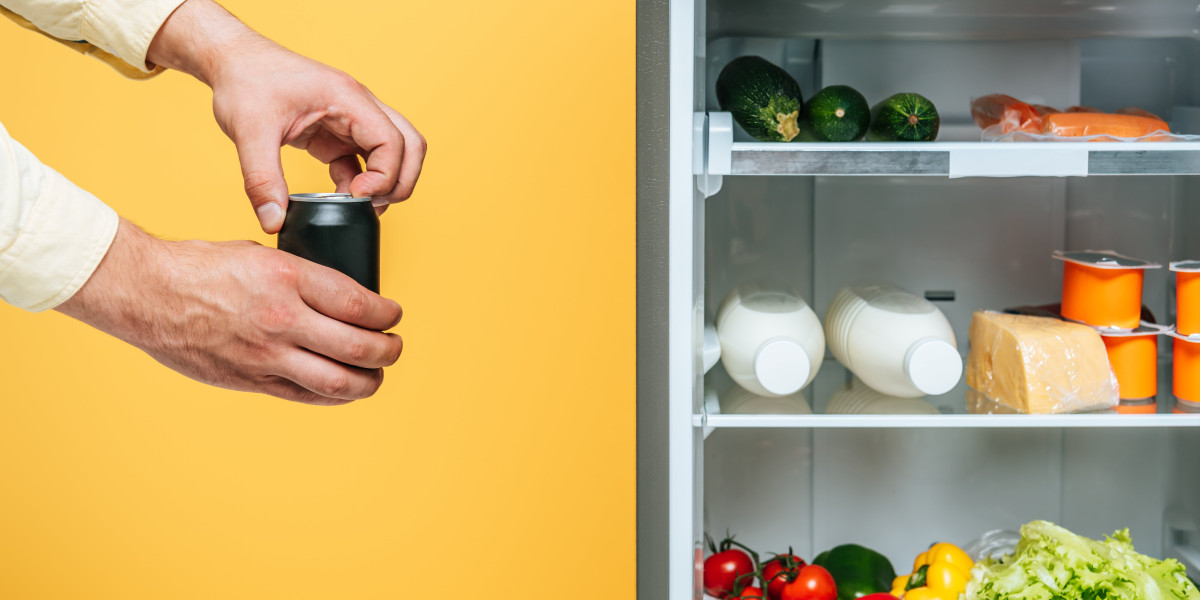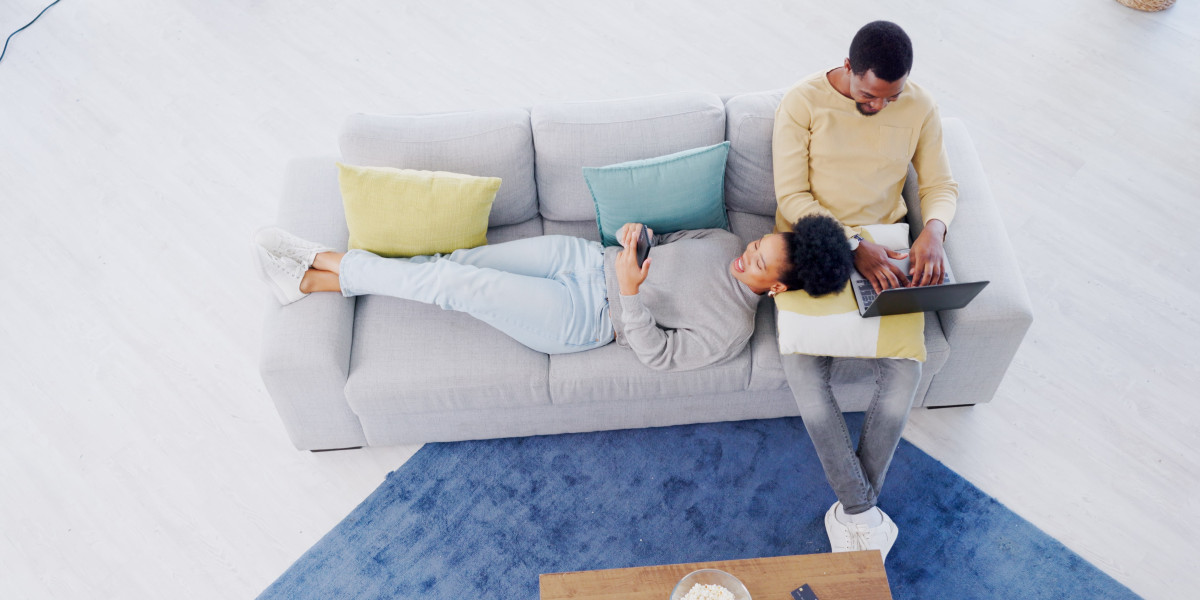How to Use a Massage Gun for Quick Pain Relief
Whether you're an athlete recovering from a tough workout or someone with a stiff neck from hours at a desk, a massage gun can be a game-changer. These handheld devices use percussive therapy to loosen tight muscles, increase blood flow, and reduce pain—often in just a few minutes. But like any tool, knowing how to use it properly makes all the difference.
In this article, we'll explain how massage guns work, how to use them effectively, safety tips, and what to avoid. Let’s dive into how you can use a massage gun for quick pain relief.
What Is a Massage Gun?
A massage gun is a handheld device that delivers rapid, repetitive pulses of pressure into muscle tissue. This type of therapy, called percussive or vibration therapy, mimics the benefits of a deep-tissue massage.
Massage guns come with various speed settings and interchangeable heads to target different muscle groups and needs. Some offer quiet motors and ergonomic grips, making them easy to use at home, in the gym, or even at work.
How Massage Guns Help With Pain Relief
Massage guns offer several benefits that contribute to pain relief:
Reduces muscle soreness: The vibrations help break up lactic acid buildup after exercise.
Improves circulation: Increased blood flow brings oxygen and nutrients to tight muscles.
Relieves tension: Relaxing tight muscle fibers reduces discomfort and improves range of motion.
Accelerates recovery: Faster muscle recovery helps prevent injuries and reduces downtime.
Promotes relaxation: The massage can lower stress and improve overall well-being.
Step-by-Step Guide: How to Use a Massage Gun
Step 1: Choose the Right Attachment
Most massage guns come with several attachments for different purposes:
Ball head: Great for large muscle groups like quads, hamstrings, and glutes.
Flat head: Ideal for general use across the body.
Fork head: Designed for areas like the spine and neck.
Bullet head: Perfect for deep tissue work and trigger points.
Pick the right head based on where you feel discomfort.
Step 2: Power It On and Start Slow
Turn on the massage gun and choose the lowest speed setting. Starting slow helps your body adjust to the percussive pressure. You can increase the speed once you're comfortable.
Step 3: Position It Correctly
Hold the massage gun so that the head lightly touches your skin. Don’t press too hard—let the gun do the work. Move it slowly across the muscle, about 1 inch per second.
Spend 30–60 seconds on each area.
Avoid bouncing the gun or rapidly moving it.
Step 4: Focus on Sore or Tight Areas
If you feel soreness, knots, or stiffness in a particular spot, gently hover over it for up to 2 minutes. Let the gun work into the tissue without pushing deep.
Be careful around bony areas like your elbows, knees, or spine. You can move around these zones or lower the intensity.
Step 5: Post-Massage Stretching
After using the massage gun, do some light stretching. This helps your muscles absorb the benefits and regain flexibility.
Best Times to Use a Massage Gun
You can use a massage gun at different times depending on your needs:
Before a workout: Helps warm up muscles and increase blood flow.
After a workout: Reduces lactic acid and soreness.
Before bed: Relaxes the body and improves sleep.
During breaks at work: Eases tension from sitting for long periods.
Just 5–10 minutes per session can make a big difference.
Common Mistakes to Avoid
❌ Using Too Much Pressure
Applying too much force can cause bruising or even injury. Always start with light pressure.
❌ Holding It in One Spot Too Long
Spending more than 2 minutes in one area can irritate the tissue. Move the device slowly and evenly.
❌ Ignoring Pain Signals
If something hurts or feels wrong, stop immediately. A massage gun should never cause sharp pain.
❌ Using It on Injuries
Don’t use a massage gun on sprains, fractures, open wounds, or swollen areas. It could make things worse.
Safety Tips
To get the most from your massage gun while staying safe, follow these rules:
Read the manual before using your device.
Start slow and increase intensity gradually.
Avoid the neck, head, and spine with high-speed settings.
Consult your doctor if you have medical conditions, especially nerve issues, varicose veins, or recent surgeries.
Stay hydrated before and after using it.
When to See a Professional
While massage guns are helpful, they’re not a replacement for medical care. If you have chronic pain, limited mobility, or injuries that aren’t improving, see a physical therapist or doctor. A professional can provide a personalized treatment plan.
Choosing the Right Massage Gun
If you’re new to massage guns, look for a model that is:
Lightweight and easy to hold
Quiet for comfortable use at home
Rechargeable with a long battery life
Adjustable speeds for flexibility
Comes with attachments for different needs
Brands like Theragun, Hyperice, and Ekrin are popular, but there are also budget-friendly options with great performance.
Final Thoughts
Massage guns are a powerful tool for fast, effective pain relief—when used correctly. By following a simple routine and listening to your body, you can ease tension, improve recovery, and feel better in just a few minutes.
Use your massage gun regularly, but smartly. Pair it with stretching, hydration, and rest for best results. Whether you're chasing fitness goals or simply want to relieve everyday aches, this small device can have a big impact.
If you’re looking for additional ways to relax sore muscles, check out these yoga poses for pain relief to complement your recovery routine.
For more expert tips on self-care, mindfulness, and overall wellness, visit venzec.icu and explore in-depth resources on improving your well-being.








